Breathing Part III: Coach, I Already Know How To Float
Breathing Part III: Coach, I Already Know How To Float
Abbie Fish of Ritter Sports Performance discusses gas exchange and what this does to our buoyancy in the water. Specifically, she uses vertical kicking drills as an example to illustrate.
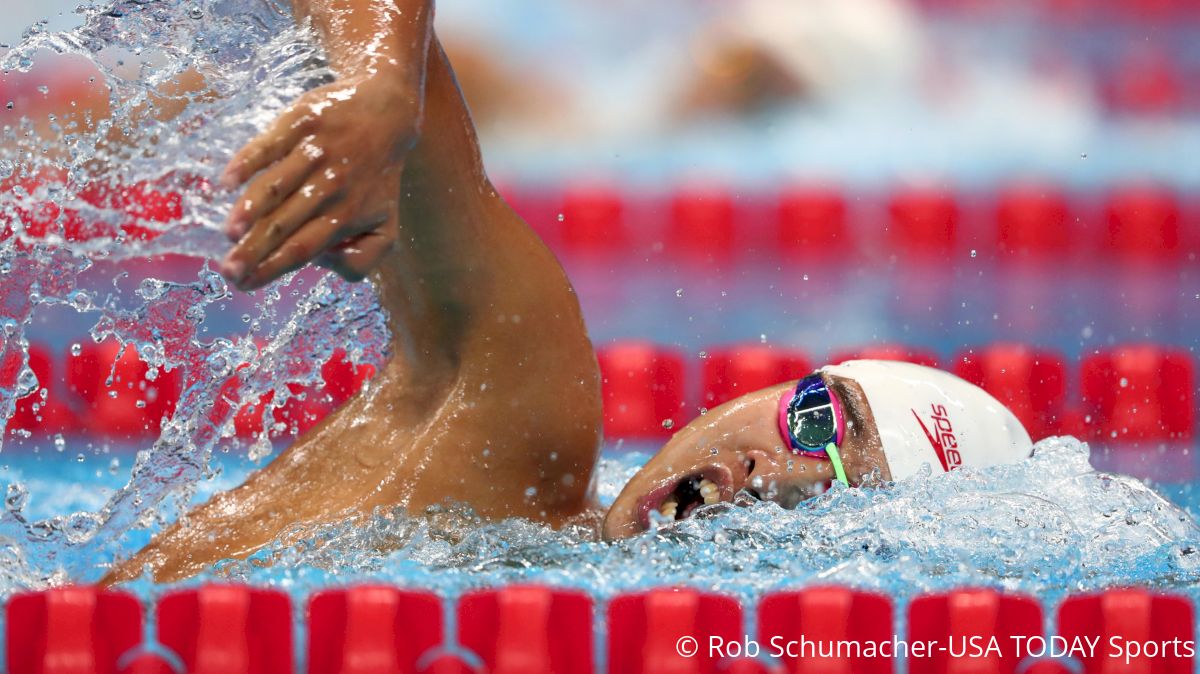
Welcome to the third and final segment of our freestyle breathing series. If you have read Part I and Part II, you should now have an understanding of the physiology behind the ideal breathing strategy (when to inhale/exhale) and a plan on when to breath during your freestyle races (depending on their distance).
This week we will finish up this series by talking further about gas exchange and what this does to our buoyancy. Let's get started…
For the most part, the majority of teams now include vertical kicking in their programs. Most coaches understand why vertical kicking is extremely helpful in developing a swimmer's kick. But, many don't use this situation to further explain and demonstrate the effects of gas exchange on a swimmer's buoyancy.
3×20 seconds flutter kick
Followed by 15 seconds rest.
Round 1: Both arms are under the water
Round 2: Fingertips and palm point up towards the sky. Wrist stays right at water level.
Round 3: Hands in a streamline
By Round 3, it should be very hard for your swimmer to keep his or her head above the water.
Vertical kicking combines four key technical components. They are:
1.) A small tight/fast kick
2.) Pointing of the toes
3.) Kicking in both directions
4.) Inhaling and holding air longer in your lungs than exhaling
If a swimmer does not perform one of the four key technical components, it will be very hard to keep his or her head above water.
How and why does inhaling affect whether our head stays above the water?
It all boils down to density.
Water is 784 times more dense than air. This means when you put something that's heavier (or more dense) in water, it will sink. Or if you put something that's lighter (or less dense) in water, it will float.
The human body is made up of approximately 70 percent water -- because of this, we have a tendency to sink in the pool.
There are three main tissues that make up our bodies: muscle, fat, and bone. Each of these three tissues carry its own respective densities. See below:
Muscle's density ~ 1.06 g/cm3.
Fat's density ~ 0.9 g/cm3.
Bone's density ~ 1.9 g/cm3.
If we look at these tissues' densities in comparison with water (water's density being 1g/cm3) -- muscle will not float or sink due to its density being fairly close to water's. Fat will float, because it's less dense than water, and bone will sink because its density is much higher than water.
Obviously, with training, we are able to change the percentage (or amount) that each of these tissues make up a swimmer's body (i.e. we can gain muscle and lose fat or gain fat and muscle). But the one tissue whose proportion of body stays relatively the same (with or without training) is bone.
Our bones make up approximately 15 percent of our entire body. Yes, as we train, we can technically increase our bone density, but that only further reinforces the fact that bone will always sink in water (due to its higher density) and our bodies will always be composed of 15 percent bone.
If we go back to our vertical kicking set and look at Round 3, as swimmers vertically kick in a streamline position -- they naturally sink. Why?
Bones. The arm bones are lifted above the water.
As swimmers shift their arms over their heads into a streamline position, they are combining the effect of bone's heavier density with gravity. The end result is a swimmer's body being pushed toward the bottom of the pool.
Depending how good swimmers are with other three key technical points of vertical kicking, they may be able to combat the components pushing them toward the bottom of pool. Stronger kickers will have an easier time holding themselves at the surface (while kicking in a streamline), but most swimmers sink or bob somewhere in between.
If we combine what we know about density and inhaling/exhaling, we will begin to understand why exhaling and releasing air during vertical kicking makes a swimmer less buoyant (go toward the bottom) and inhaling (and holding that air in the lungs) while vertical kicking, makes a swimmer more buoyant (bob up towards the surface).
If we go back to Part I of this series, where we explained "holding onto your air" for 1-2 strokes before you exhale in freestyle -- this is due to the effect of air on our buoyancy.
If we keep air in our lungs for as long as we can, our bodies will naturally float higher in the water. With this added buoyancy, more of our body will be swimming through air than water, which will significantly reduce our drag.
The fastest and quickest position a swimmer can be in is a streamline, horizontal position at or slightly above the water's surface. Let air (for a few brief seconds) help elevate you out of the water. After all, we all have to breathe anyway.
---
Abbie Fish has been in the competitive swimming realm for over 20 years. After capping off a successful career at University of Georgia, Abbie soon found herself back on the deck as a coach.
Currently, Abbie is a Technique Swim Coach at Ritter Sports Performance. She spends her time analyzing race videos and studying different style of stroke technique. If you'd like your stroke analyzed, or a swimmer of yours -- visit their website: http://www.rittersp.com/video for more information or email Abbie at abbie@rittersp.com.
This week we will finish up this series by talking further about gas exchange and what this does to our buoyancy. Let's get started…
For the most part, the majority of teams now include vertical kicking in their programs. Most coaches understand why vertical kicking is extremely helpful in developing a swimmer's kick. But, many don't use this situation to further explain and demonstrate the effects of gas exchange on a swimmer's buoyancy.
Try this Vertical Kick Set:
3×20 seconds flutter kick
Followed by 15 seconds rest.
Round 1: Both arms are under the water
Round 2: Fingertips and palm point up towards the sky. Wrist stays right at water level.
Round 3: Hands in a streamline
By Round 3, it should be very hard for your swimmer to keep his or her head above the water.
Vertical kicking combines four key technical components. They are:
1.) A small tight/fast kick
2.) Pointing of the toes
3.) Kicking in both directions
4.) Inhaling and holding air longer in your lungs than exhaling
If a swimmer does not perform one of the four key technical components, it will be very hard to keep his or her head above water.
How and why does inhaling affect whether our head stays above the water?
It all boils down to density.
Water is 784 times more dense than air. This means when you put something that's heavier (or more dense) in water, it will sink. Or if you put something that's lighter (or less dense) in water, it will float.
The human body is made up of approximately 70 percent water -- because of this, we have a tendency to sink in the pool.
There are three main tissues that make up our bodies: muscle, fat, and bone. Each of these three tissues carry its own respective densities. See below:
Muscle's density ~ 1.06 g/cm3.
Fat's density ~ 0.9 g/cm3.
Bone's density ~ 1.9 g/cm3.
If we look at these tissues' densities in comparison with water (water's density being 1g/cm3) -- muscle will not float or sink due to its density being fairly close to water's. Fat will float, because it's less dense than water, and bone will sink because its density is much higher than water.
Obviously, with training, we are able to change the percentage (or amount) that each of these tissues make up a swimmer's body (i.e. we can gain muscle and lose fat or gain fat and muscle). But the one tissue whose proportion of body stays relatively the same (with or without training) is bone.
Our bones make up approximately 15 percent of our entire body. Yes, as we train, we can technically increase our bone density, but that only further reinforces the fact that bone will always sink in water (due to its higher density) and our bodies will always be composed of 15 percent bone.
If we go back to our vertical kicking set and look at Round 3, as swimmers vertically kick in a streamline position -- they naturally sink. Why?
Bones. The arm bones are lifted above the water.
As swimmers shift their arms over their heads into a streamline position, they are combining the effect of bone's heavier density with gravity. The end result is a swimmer's body being pushed toward the bottom of the pool.
Depending how good swimmers are with other three key technical points of vertical kicking, they may be able to combat the components pushing them toward the bottom of pool. Stronger kickers will have an easier time holding themselves at the surface (while kicking in a streamline), but most swimmers sink or bob somewhere in between.
If we combine what we know about density and inhaling/exhaling, we will begin to understand why exhaling and releasing air during vertical kicking makes a swimmer less buoyant (go toward the bottom) and inhaling (and holding that air in the lungs) while vertical kicking, makes a swimmer more buoyant (bob up towards the surface).
If we go back to Part I of this series, where we explained "holding onto your air" for 1-2 strokes before you exhale in freestyle -- this is due to the effect of air on our buoyancy.
If we keep air in our lungs for as long as we can, our bodies will naturally float higher in the water. With this added buoyancy, more of our body will be swimming through air than water, which will significantly reduce our drag.
The fastest and quickest position a swimmer can be in is a streamline, horizontal position at or slightly above the water's surface. Let air (for a few brief seconds) help elevate you out of the water. After all, we all have to breathe anyway.
---
Abbie Fish has been in the competitive swimming realm for over 20 years. After capping off a successful career at University of Georgia, Abbie soon found herself back on the deck as a coach.
Currently, Abbie is a Technique Swim Coach at Ritter Sports Performance. She spends her time analyzing race videos and studying different style of stroke technique. If you'd like your stroke analyzed, or a swimmer of yours -- visit their website: http://www.rittersp.com/video for more information or email Abbie at abbie@rittersp.com.
Related Content
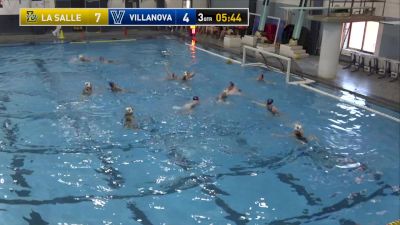 Replay: Le Salle vs Villanova - WWP - 2024 La Salle vs Villanova | Apr 7 @ 3 PM
Replay: Le Salle vs Villanova - WWP - 2024 La Salle vs Villanova | Apr 7 @ 3 PMApr 7, 2024
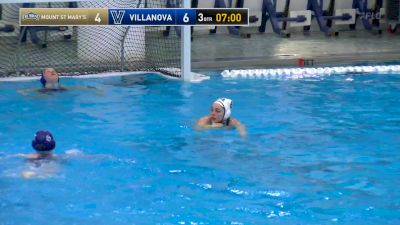 Replay: Mount St. Mary's vs Villanova - WWP - 2024 Mount St. Mary's vs Villanova | Apr 6 @ 7 PM
Replay: Mount St. Mary's vs Villanova - WWP - 2024 Mount St. Mary's vs Villanova | Apr 6 @ 7 PMApr 7, 2024
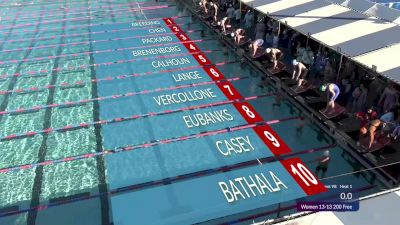 Replay: Finals - 2024 ISCA East Coast Elite Showcase | Apr 6 @ 4 PM
Replay: Finals - 2024 ISCA East Coast Elite Showcase | Apr 6 @ 4 PMApr 7, 2024
 Replay: Prelims Locker Side - 2024 ISCA East Coast Elite Showcase | Apr 6 @ 8 AM
Replay: Prelims Locker Side - 2024 ISCA East Coast Elite Showcase | Apr 6 @ 8 AMApr 6, 2024
 Replay: VMI vs Villanova - WWP - 2024 VMI vs Villanova | Apr 6 @ 11 AM
Replay: VMI vs Villanova - WWP - 2024 VMI vs Villanova | Apr 6 @ 11 AMApr 6, 2024
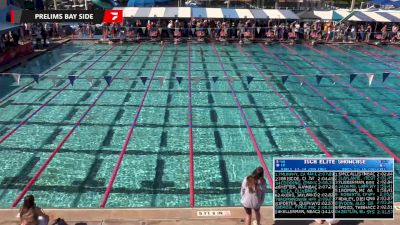 Replay: Prelims Bay Side - 2024 ISCA East Coast Elite Showcase | Apr 6 @ 9 AM
Replay: Prelims Bay Side - 2024 ISCA East Coast Elite Showcase | Apr 6 @ 9 AMApr 6, 2024
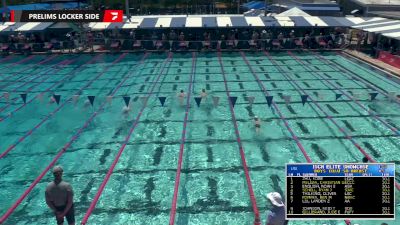 Replay: Prelims Locker Side - 2024 ISCA East Coast Elite Showcase | Apr 5 @ 8 AM
Replay: Prelims Locker Side - 2024 ISCA East Coast Elite Showcase | Apr 5 @ 8 AMApr 6, 2024
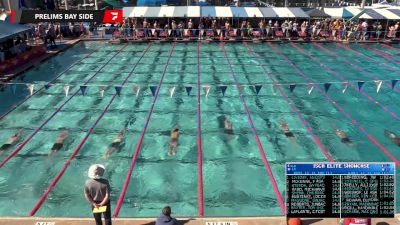 Replay: Prelims Bay Side - 2024 ISCA East Coast Elite Showcase | Apr 5 @ 8 AM
Replay: Prelims Bay Side - 2024 ISCA East Coast Elite Showcase | Apr 5 @ 8 AMApr 5, 2024
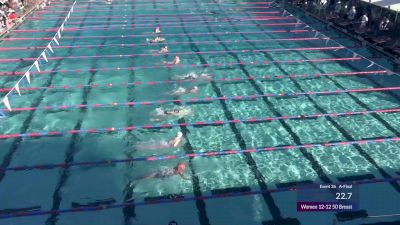 Replay: Finals - 2024 ISCA East Coast Elite Showcase | Apr 4 @ 4 PM
Replay: Finals - 2024 ISCA East Coast Elite Showcase | Apr 4 @ 4 PMApr 5, 2024